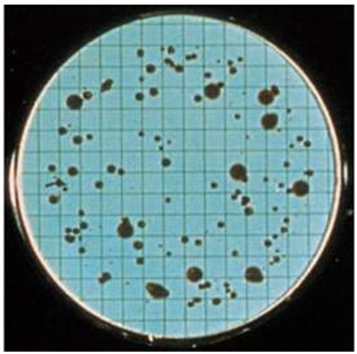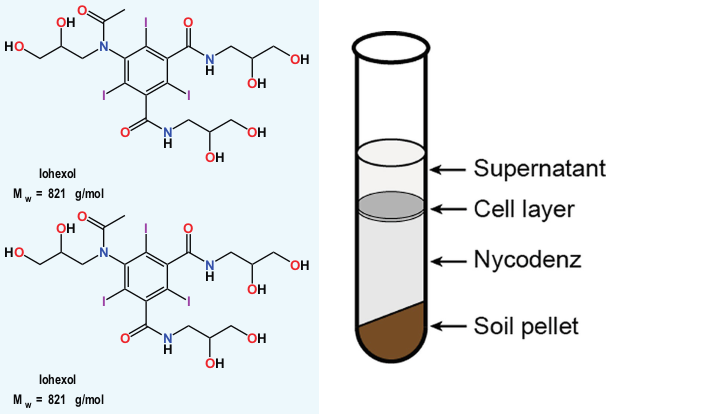Quality control (QC) is defined as a monitoring system that is used for detecting and correcting analytical errors by establishing performance limits. QC is a procedure or set of procedures intended to ensure that a manufactured product including pharmaceutical and medical products or performed services adheres to a defined set of quality criteria or meets the laid down requirements of the products.
QC is similar to, but not identical with, quality assurance (QA). It is a major good manufacturing practice (GMP) carried out in production companies to avoid microbial contamination of finished products. Quality control covers all the aspects of quality assurance (QA) which concerns itself with the control of errors in the performance of tests and verification of test results.
A good and sustainable QC practice must be practical, achievable and affordable. In quality control processes, every available and necessary test including microbial tests to be carried out are conducted at each stage of the manufacturing process. And QC ensures that finished products are not released into the market for consumption until such products have satisfactorily passed the stipulated QC test that pertains to that particular manufacturing process or plant and product.
Several pharmaceutical products including drugs, vaccines and injection water are easily contaminated with pyrogens (fever-inducing agents produced by microbes) during the manufacturing process. Thus, the test for the presence of pyrogens in finished pharmaceutical products is one of the typical QC tests conducted to ensure the safety of the product produced.
All culture media, reagents, equipment and other instruments for microbiological analysis must be adequately controlled for optimum performance in order to minimize possible errors due to their usage.
References
Arora D.R (2004). Quality assurance in microbiology. Indian J Med Microbiol, 22:81-86.
Ashutosh Kar (2008). Pharmaceutical Microbiology, 1st edition. New Age International Publishers: New Delhi, India.
Axelsen P.H (2002). Essentials of antimicrobial pharmacology. Humana Press, Totowa, New Jersey, USA. Al-Jasser A.M (2006). Extended – Spectrum Beta – Lactamases (ESBLs): A Global Problem. Kuwait Medical Journal, 38(3):171-185.
Bisht R., Katiyar A., Singh R and Mittal P (2009). Antibiotic Resistance – A Global Issue of Concern. Asian Journal of Pharmaceutical and Clinical Research, 2 (2):34-39.
Block S.S (2001). Disinfection, sterilization and preservation. 5th edition. Lippincott Williams & Wilkins, Philadelphia and London.
Cars O and Nordberg P (2005). Antibiotic resistance: The faceless threat. International Journal of Risk & Safety in Medicine, 17 (3/4): 103-110.
Carson C.F., Hammer K.A and Riley T.V (2006). Malaleuca alternifolia (Tea Tree) oil: A Review of Antimicrobial and other Medicinal Properties. Clinical Microbiology Review, 19(1):50-62.
Cowan M.M (1999). Plant products as antimicrobial agents. Clinical Microbiology Reviews., 564-582.
Denyer S.P., Hodges N.A and Gorman S.P (2004). Pharmaceutical Microbiology. 7th ed. Blackwell Publishing Company, USA.
Finch R.G, Greenwood D, Norrby R and Whitley R (2002). Antibiotic and chemotherapy, 8th edition. Churchill Livingstone, London and Edinburg.
Joslyn, L. J. (2000). Sterilization by Heat. In S. S. Block (Ed.), Disinfection, Sterilization, and Preservation (5th ed., pp. 695-728). Philadelphia, USA: Lippincott Williams and Wilkins.
Lai P.K and Roy J (2004). Antimicrobial and chemopreventive properties of herbs and spices. Curr. Med. Chem, 11 (11): 1451–1460.
Livermore D.M (2004). The need for new antibiotics. Clinical Microbiology & Infection, 4(10): 1-9.
Mascaretti O.A (2003). Bacteria versus antibacterial agents: An integrated approach. Washington: ASM Press.
Nally J.D (Ed.) (2007). Good manufacturing practices for pharmaceuticals. Sixth edition. Informa Healthcare USA, Inc, New York.
Discover more from Microbiology Class
Subscribe to get the latest posts sent to your email.





